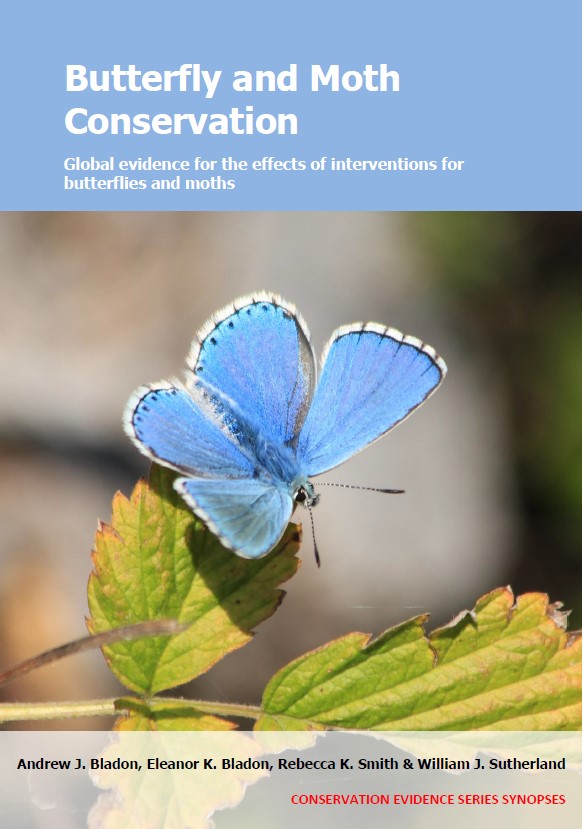Raise cutting height on grasslands
-
Overall effectiveness category Awaiting assessment
-
Number of studies: 2
View assessment score
Hide assessment score
How is the evidence assessed?
-
Effectiveness
not assessed -
Certainty
not assessed -
Harms
not assessed
Study locations
Supporting evidence from individual studies
A replicated, randomized, controlled study in 2002–2006 on four lowland farms in Devon and Somerset, UK (Potts et al. 2009) found that plots of intensively managed grassland cut to 10 cm in May and July did not have a higher abundance or species richness of butterflies, or abundance of caterpillars, than plots cut to 5 cm. On plots cut to 10 cm, the abundance (1–2 individuals/transect) and species richness (1 species/transect) of butterflies, and the abundance of caterpillars (0–5 caterpillars/transect), were not significantly different from plots cut to 5 cm (butterfly abundance: 0–2 individuals/transect; richness: 0–1 species/transect; caterpillar abundance: 0–4 caterpillars/transect). In April 2002, six experimental plots (50 × 10 m) were established on permanent pastures (>5-years-old) on four farms. All plots were fertilized (225 kg nitrogen/ha, 22 kg phosphorus/ha, 55 kg potassium/ha), cut twice/year in May and July, and grazed in September. Three plots/farm were cut to 10 cm, and three were cut to 5 cm. From June–September 2003–2006, butterflies were surveyed once/month on a 50-m transect through the centre of each plot. In April, June, July and September 2003–2006, caterpillars were counted (but not identified) on two 10-m transects/plot using a sweep net (20 sweeps/transect).
Study and other actions testedA replicated, randomized, paired, controlled study in 2007–2008 in Switzerland (Humbert et al. 2010) found that raising the cutting height when mowing meadows did not increase the survival of large white Pieris brassicae caterpillars. The proportion of large white caterpillars killed by mowing at 9 cm (30–43%) was not significantly different from the proportion killed by mowing at 6 cm (35–37%). Similarly, the proportion of wax models damaged by mowing at 9 cm (16.9%) was not significantly different from the proportion damaged by mowing at 6 cm (17.4%). In 2007–2008, in each of nine meadows, two 2.5-m-long plots were randomly assigned to either 9 cm or 6 cm cutting height, and mown with a 2.5-m-wide tractor-pulled rotary mower. Before mowing, half of 200 wax caterpillar models (100 large and 100 small) were placed on the ground and half were tied to vegetation 20–30 cm high in each plot. In 2008, on five meadows, large white caterpillars were placed on the ground (50 caterpillars) and in the vegetation (50 caterpillars) in each plot. After mowing, wax models and caterpillars that survived were checked for damage or injuries.
Study and other actions tested
Where has this evidence come from?
List of journals searched by synopsis
All the journals searched for all synopses
This Action forms part of the Action Synopsis:
Butterfly and Moth Conservation
Butterfly and Moth Conservation - Published 2023
Butterfly and Moth Synopsis





)_2023.JPG)














